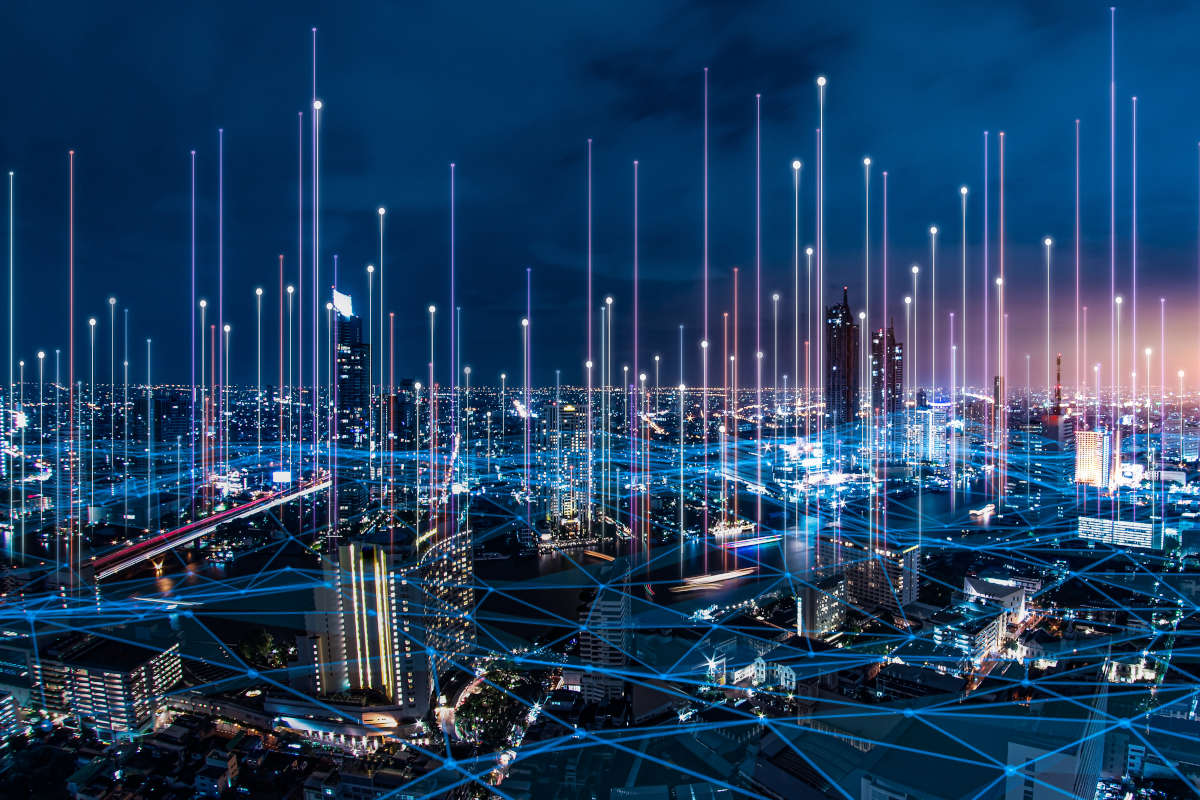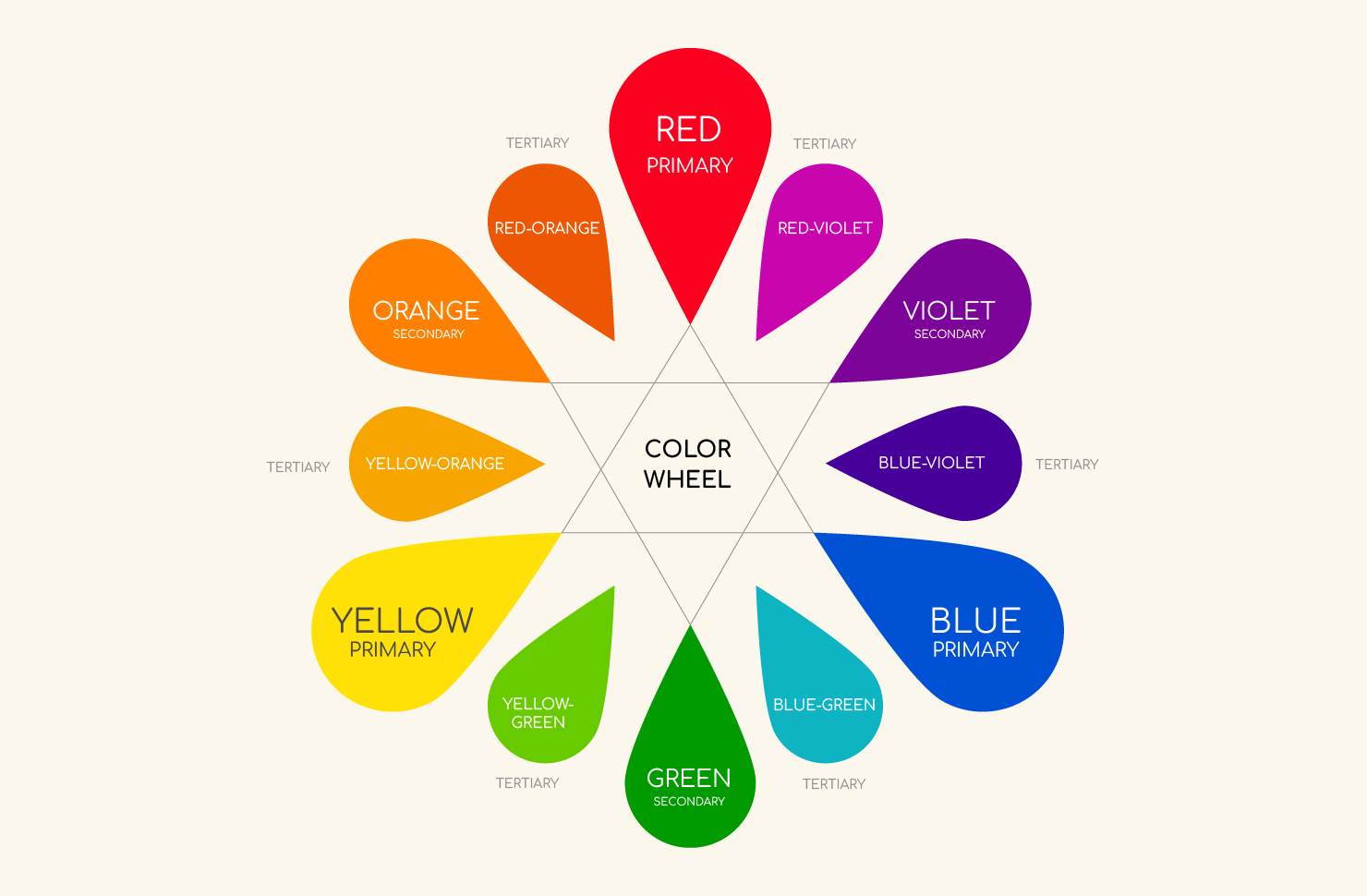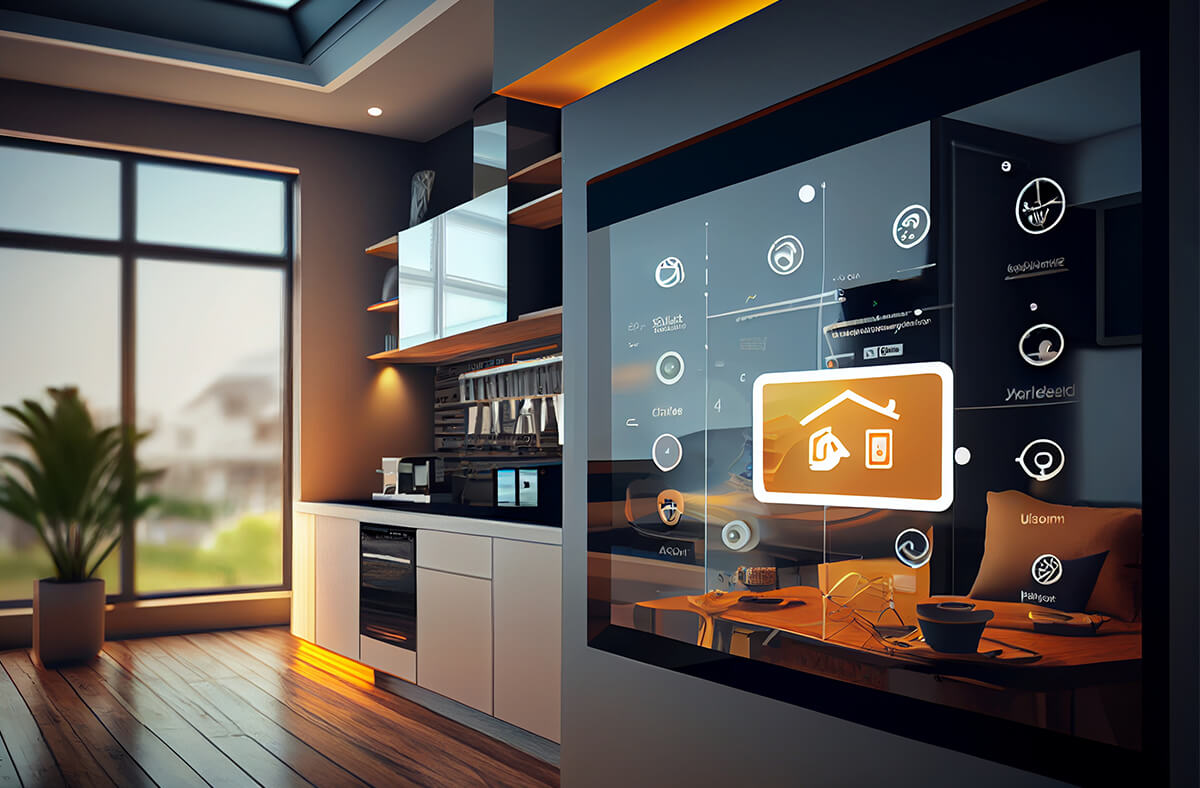How 5G Technology is Transforming Communication
Introduction
The fifth generation of wireless technology—5G—isn’t just a speed upgrade; it’s a complete reimagining of how we connect. From seamless video calls to self-driving cars and smart cities, 5G is rapidly transforming how we communicate, work, and live.
But how does it work, and why is it such a big deal? In this article, we’ll explore the practical impacts of 5G technology and what its widespread adoption means for individuals, businesses, and the future of communication.
📶 What Is 5G and How Is It Different?
5G stands for “fifth generation,” and it’s a leap beyond the capabilities of 4G LTE. It offers blazing-fast speeds, ultra-low latency, and the ability to support massive numbers of connected devices simultaneously.
Key Differences from 4G:
-
Speed: Up to 100x faster
-
Latency: As low as 1 millisecond (vs ~50ms on 4G)
-
Capacity: Can handle more devices with minimal interference
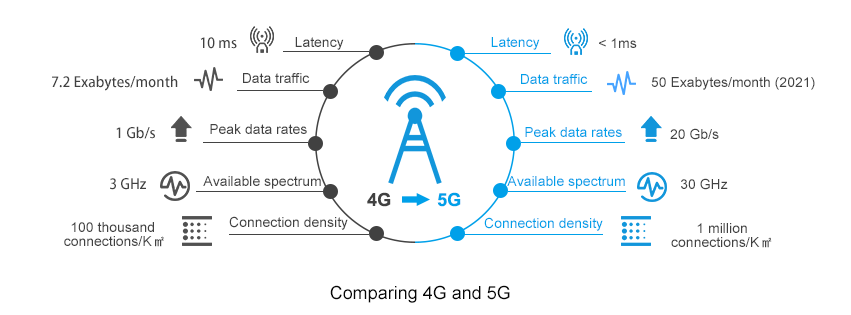
📱 Enhancing Mobile Experiences
With 5G, everyday mobile activities like video streaming, gaming, and browsing become nearly instantaneous. Buffering becomes a thing of the past, even in crowded areas like stadiums or city centers.
What Users Can Expect:
-
Crisp, 4K/8K video streaming on the go
-
Cloud-based mobile gaming with zero lag
-
Instant downloads of large files
🌐 Fueling the Internet of Things (IoT)
One of 5G’s most transformative features is its ability to support the Internet of Things (IoT)—a network of connected devices from home thermostats to industrial sensors.
Examples of 5G-IoT Applications:
-
Smart homes and voice-controlled assistants
-
Connected cars and autonomous driving
-
Real-time monitoring in factories and hospitals

🏥 Revolutionizing Healthcare and Emergency Response
5G is set to redefine healthcare delivery, especially in remote and emergency settings. Its high reliability and low latency enable real-time telemedicine, robotic surgeries, and faster communication between medical professionals.
Potential Benefits Include:
-
Real-time remote diagnostics
-
Enhanced ambulance and ER coordination
-
Wearable health devices streaming live patient data
🏙️ Powering Smart Cities and Public Services
Urban areas are already beginning to adopt 5G to support smart infrastructure—from traffic systems to public safety.
Impact on City Life:
-
Smart traffic signals that adapt in real-time
-
High-speed public Wi-Fi
-
Live monitoring of pollution, energy usage, and public transport
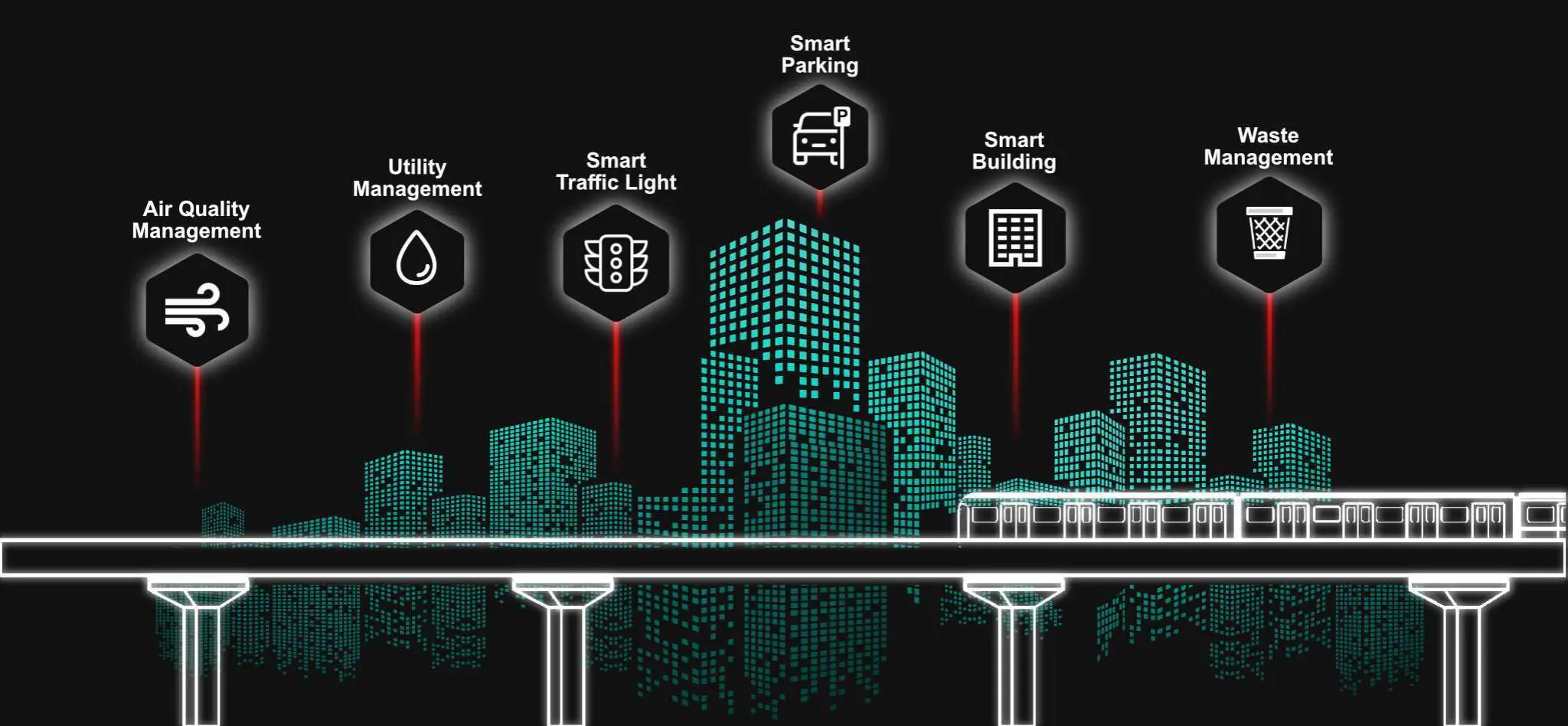
💼 Business and Industrial Innovation
5G will unlock new business models and operational efficiencies, particularly in sectors like logistics, manufacturing, and agriculture.
Business Use Cases:
-
Real-time inventory tracking
-
Augmented Reality (AR) in retail
-
Precision agriculture with smart sensors in the field
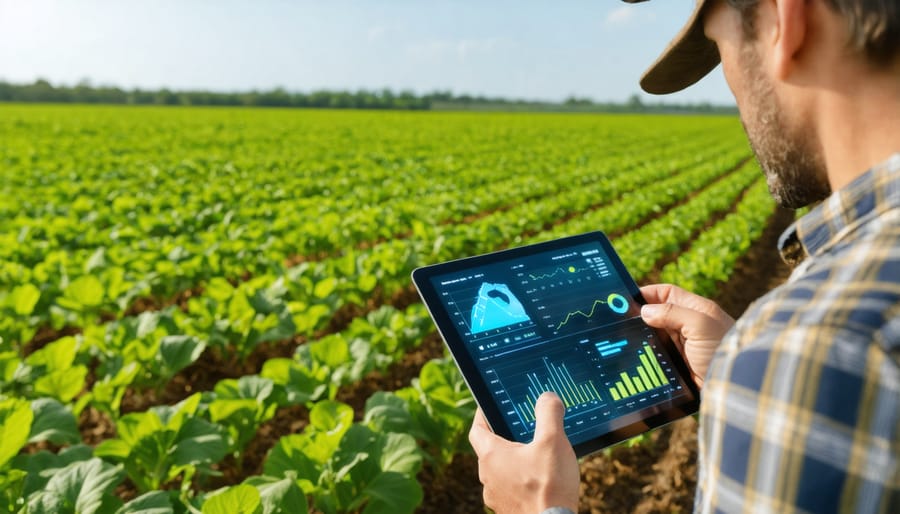
🚧 Challenges to Overcome
Despite its promise, 5G rollouts are still in progress and face some hurdles:
-
Coverage Gaps: Rural areas may lag behind in infrastructure
-
Security Concerns: More devices = more vulnerability
-
Cost of Upgrade: Devices and networks must be updated
Final Thoughts 🌟
5G isn’t just faster internet—it’s a platform for innovation that will reshape how we interact with the digital and physical worlds. As networks expand and devices evolve, 5G will continue to influence everything from how we commute to how we receive healthcare and entertain ourselves.
editor's pick
news via inbox
Nulla turp dis cursus. Integer liberos euismod pretium faucibua

